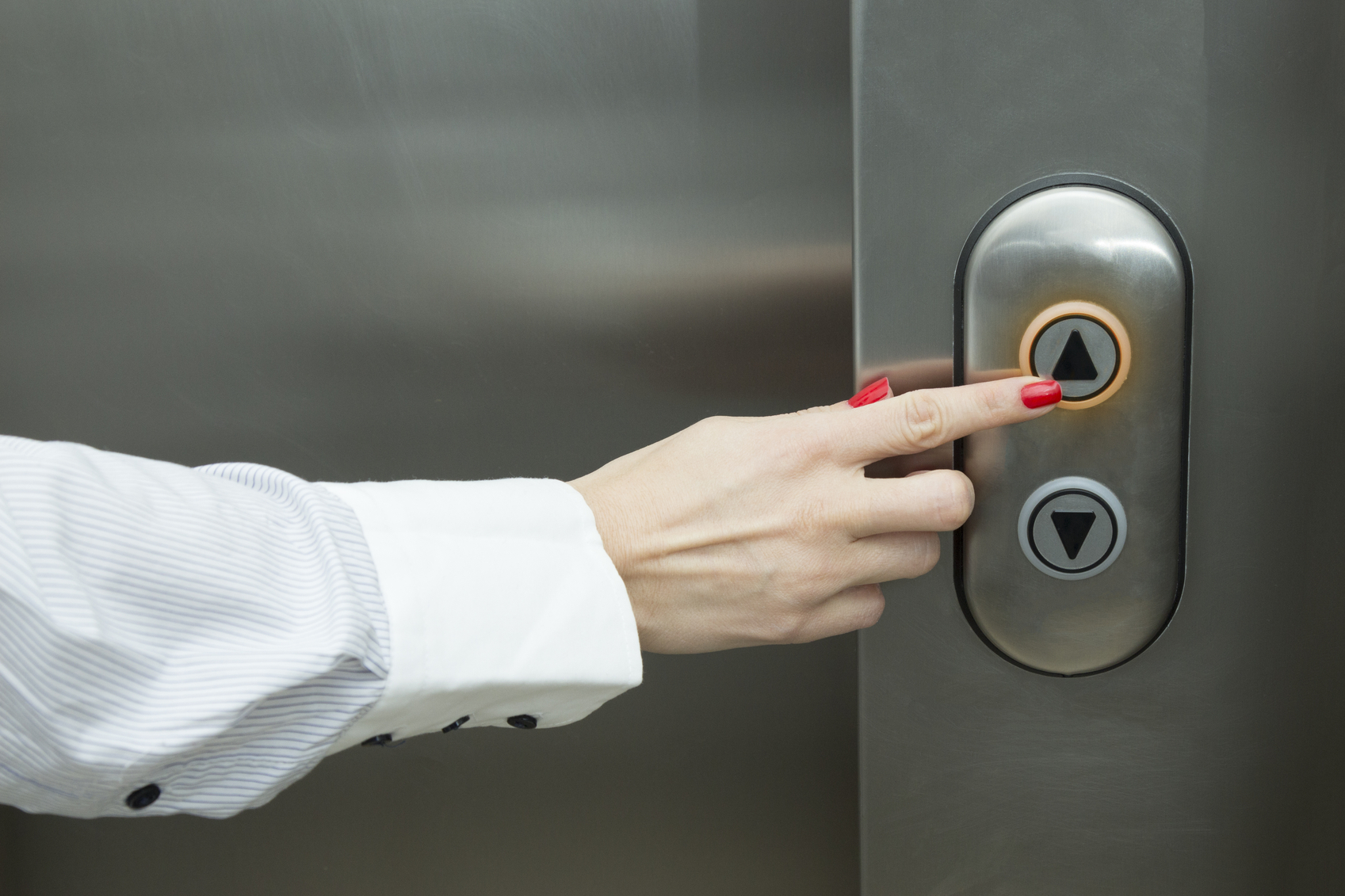Cost Effective Lift Repair Near Me: Specialist Professionals at Your Solution
Cost Effective Lift Repair Near Me: Specialist Professionals at Your Solution
Blog Article
Digging Into the World of Elevators: Typical Issues Encountered by Different Lift Devices
As we browse via the upright transportation systems of contemporary buildings, lifts stand out as a crucial component of our everyday lives. From hydraulic lifts to grip systems and machine-room-less styles, each lift type comes with its set of typical concerns.
Hydraulic Elevators
Hydraulic elevators, usually preferred for low-rise buildings, utilize fluid stress to manage the motion of the lift car (lift repair companies). This mechanism includes a hydraulic pump pushing oil into a cyndrical tube, causing the elevator to relocate the wanted direction. While hydraulic elevators are known for their silent and smooth procedure, they do feature their own collection of usual concerns
One widespread problem with hydraulic elevators is oil leak. In addition, problems with the control system, such as defective valves or a malfunctioning pump, can create disturbances in the lift's motion.
Regular upkeep and timely repairs are important to make certain the smooth functioning of hydraulic elevators. By dealing with these common concerns proactively, building proprietors can lessen downtime and ensure the security and efficiency of their upright transportation system.
Traction Lifts
When thinking about upright transportation systems in structures, one more usual type apart from hydraulic lifts is the traction lift. Traction lifts run utilizing a system of ropes and counterweights that relocate the elevator auto by grasping onto the hoist ropes. This system allows for smoother and much faster vertical transportation compared to hydraulic systems.
Among the common issues dealt with by traction elevators is rope wear. The consistent movement of the ropes within the traction system can lead to damage in time, possibly triggering the elevator to malfunction or end up being hazardous for usage. Regular inspections and upkeep of the ropes are important to make sure the elevator's correct functioning and security.
An additional problem that traction elevators might encounter is associated to the control system. Troubles with the control system can lead to concerns such as erratic motion, hold-ups in feedback times, or even total closures. Routine screening and upkeep of the control system are crucial to avoid such concerns and make certain the lift's integrity.
Machine-Room-Less (MRL) Elevators

Among the essential elements of MRL lifts is the small gearless grip machine that is installed within the hoistway. This equipment effectively drives the lift automobile without the need for cumbersome equipment discovered in traditional traction lifts. Furthermore, MRL lifts usually use a counterweight system to stabilize you can try these out the vehicle, more enhancing their energy effectiveness.
Regardless of their advantages, MRL lifts might face challenges associated with maintenance and repair service due to the restricted room for tools installation. Ease of access for servicing elements within the shaft can be restricted, requiring specialized training for specialists. Proper upkeep timetables and regular assessments are crucial to ensure the continued smooth operation of MRL lifts.
Overloading and Weight Limitation Issues
Overwhelming and weight limitation issues are crucial worries in lift procedures. Elevator manufacturers design raises with certain weight capacities to ensure guest security and equipment long life.
When lifts are overwhelmed, it places extreme strain on the electric motor, cables, and various other elements, possibly causing breakdowns or malfunctions. If they spot excess weight, safety and security systems such as sensing units and overload sensors are additional info in place to avoid lifts from relocating. Additionally, going beyond weight restrictions can lead to increased power consumption and deterioration on the elevator system.
To alleviate overwhelming issues, developing supervisors ought to plainly display weight limitations in lifts and educate occupants on the significance of sticking to these restrictions - lift repair companies. Regular maintenance checks by certified specialists can likewise aid make sure that lifts are operating within secure weight parameters. By attending to overloading and weight restriction issues proactively, building proprietors can improve lift safety and security and efficiency
Electric System Failings
Exceeding weight limits in elevators can not just lead to mechanical concerns yet additionally possibly contribute to electrical system failings within the lift facilities. Electrical system failures are a vital issue in elevator procedure, as they can cause unanticipated shutdowns, breakdowns, or also security risks.
Normal maintenance and examinations are vital to recognize and deal with possible electrical problems quickly, making certain the reliable and safe operation of lift systems. By visite site adhering to weight limits and carrying out regular electrical system checks, structure proprietors can alleviate the risk of electrical failures in lifts.
Conclusion

Hydraulic lifts, typically preferred for low-rise buildings, utilize fluid stress to regulate the movement of the lift vehicle.When taking into consideration vertical transport systems in structures, an additional typical type aside from hydraulic lifts is the grip elevator. Traction elevators operate using a system of ropes and counterweights that move the elevator vehicle by clutching onto the hoist ropes. Unlike traditional elevators that call for a separate device area to house the equipment, MRL elevators incorporate many of the components within the shaft, getting rid of the requirement for a specialized equipment room.In final thought, lifts encounter usual problems such as hydraulic breakdowns, grip system failures, and electrical system problems.
Report this page